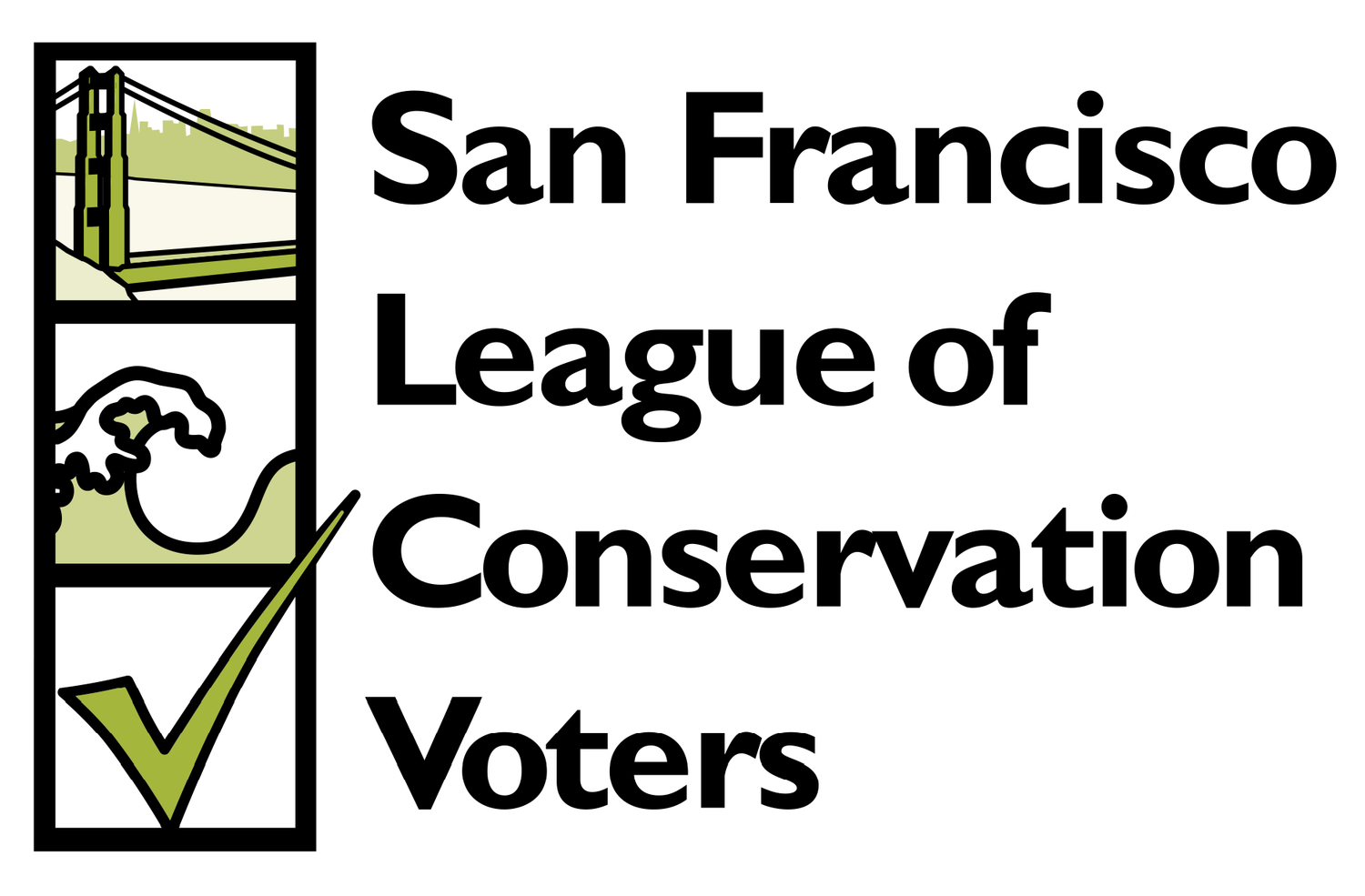November 2015: YES on Prop D
/Proposition D is a vote for the Mission Rock project, a waterfront development proposed on what is now a large parking lot, across Lefty O'Doul Bridge from AT&T Park. Specifically, Prop D would raise waterfront height limits from 40 feet, to up to 240 feet, on a piece of SF Port property mostly zoned for open space. Proposition D reached the ballot due to voter approval of Prop B in 2014, which required voter approval whenever a development plans on exceeding the 40-foot height limit along the waterfront. The site, known as Lot A, is currently a vast surface parking lot that holds 2,300 cars. The rezoning would allow the Giants to move ahead with a plan that calls for 1,500 units of housing, 8 acres of parkland, 1.5 million square feet of commercial space and a new brewing facility for Anchor Brewing Co. at Pier 48. The parking will be replaced by a garage on the southern end of the property.
Forty percent of the new homes will be affordable. About half of this will target middle-income families earning more than 120 percent of area median income, $122,300 for a family of four. The rest will start at 55 percent of AMI, $56,000 for a family of four, and go up from there.
Prop. D is opposed by the Sierra Club, San Francisco Tomorrow, Livable Cities and the Coalition of San Francisco Neighborhoods. Opponents say the proposed buildings are too tall, the project has too much parking, and the property should be used for open space, in keeping with the state public trust laws that preserve public access and limit use of the public waterfront lands to mainly maritime and water-related recreational uses.
SFLCV shares these concerns, yet we respect that the developers have incorporated numerous public concerns and designed a project that could provide a model for future development across the city. In addition to the 40% affordable housing standard, some of the sustainability features include:
- Mission Rock will be San Francisco’s first Type 1 Eco-District – the city’s highest environmental standard, meaning that a community has a set of energy, water, transportation, and waste targets to achieve.
- All buildings shall be designed to the LEED Gold standard (with specific requirements for water targets above and beyond LEED).
- Implementation of integrated stormwater management in the street design
- Integration of infrastructure across all buildings, allowing for enhanced water and energy efficiency. For example process water from the Anchor facilities can be used for toilet flushing in the buildings. Or waste heat from Anchor may be used to heat the buildings
- Consideration of sea level rise and implementation of open space parkland along the waterfront.
SFLCV urges you to vote YES on Prop D.

